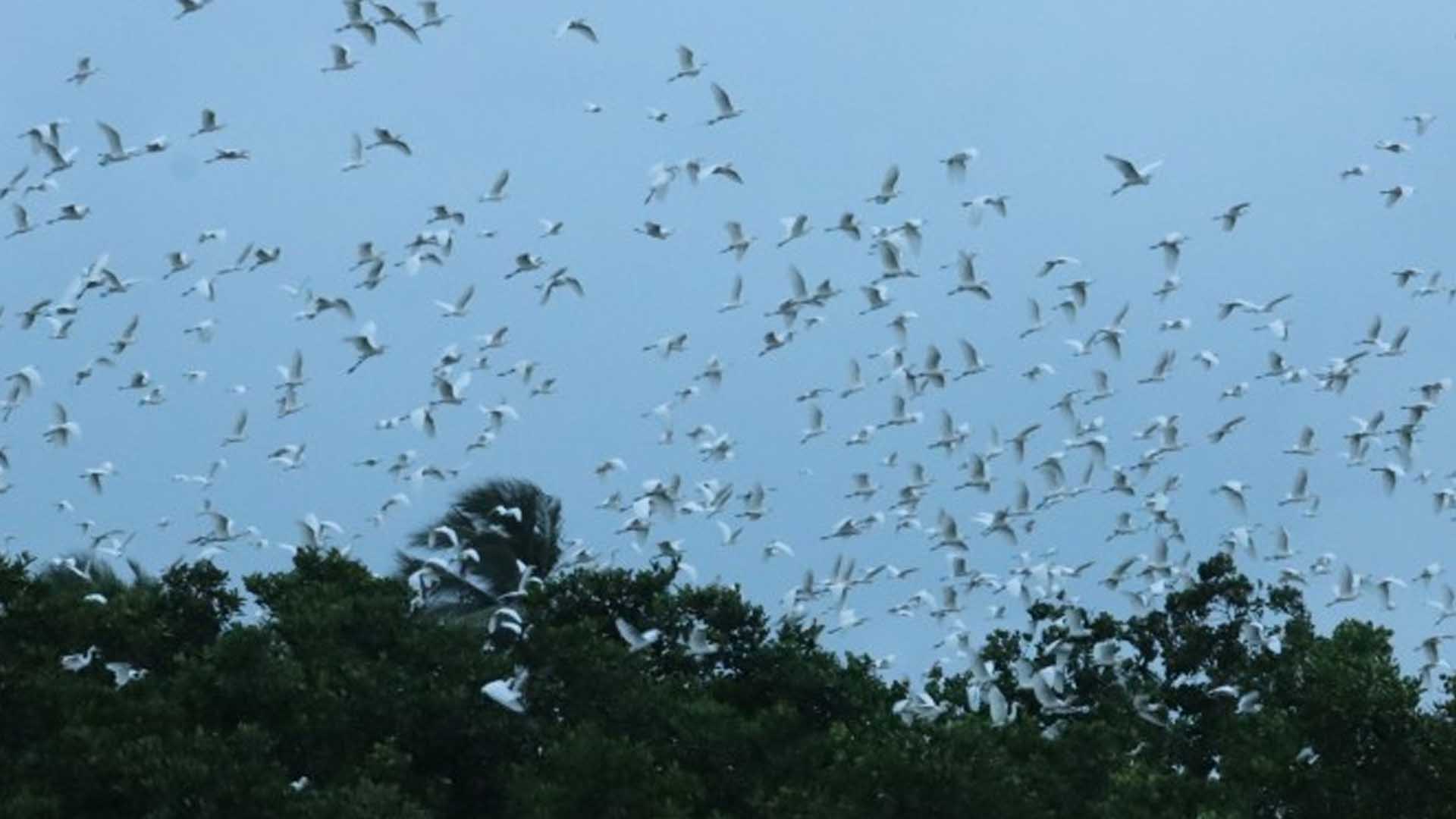The Department of Environment and Natural Resources in Bicol (DENR-5) reported on Friday that over 11,000 waterbirds were sighted in the recently conducted Asian Waterbird Census (AWC) in different areas in the region.
The AWC runs parallel to other international censuses of waterbirds in Africa, Europe, and the Neotropics under the International Waterbird Census (IWC) umbrella.
In a social media post, DENR Bicol Regional Executive Director Francisco Milla Jr. called for public support in protecting and conserving wildlife species and their habitat, which is in accordance with Republic Act 9147 or the Wildlife Resources Conservation and Protection Act.
The conduct of AWC aims to raise public knowledge of waterbird species and provide the basis for the estimates of its population. It also aims to increase awareness of the significance of important wetland sites for waterbirds, including migratory birds, and those that may qualify as “Wetlands of International Importance” under the Ramsar Convention on Wetlands,” the post read.
Some of the waterbirds sighted during the activity were yellow bittern, white-browed crake, tufted duck, wandering whistling duck, cattle egret, great egret, intermediate egret, garganey, grey heron, Javan pond heron.
Vulnerable species such as the Philippine duck (Anas luzonica) and Chinese Egret (Egretta eulophotes), near threatened species such as Red-necked Stint (Calidris ruficollis) and Eurasian Curlew (Numenius arquata) and Far Eastern Curlew (Numenius madagascariensis), which is identified as an endangered species, were also recorded.
The identified sites for the activity were the Buga Lake in Libon town, Albay province; Juban Wetlands Critical Habitat and Prieto Diaz Wetlands in Sorsogon; Cabusao Wetland Critical Habitat in Cabusao town, Camarines Sur; Mercedes Critical Habitat in Mercedes town, Camarines Norte; Panganiban Wetlands in Panganiban town, Catanduanes; Bongsanglay Natural Park on Ticao Island, Masbate province; and the Naro and Chico Island Wildlife Sanctuaries in Cawayan town, Masbate.
The AWC in the region was spearheaded by the DENR-5 led by the Conservation and Development Division (CDD) through its Protected Area Management and Biodiversity Conservation Section (PAMBCS), together with the Provincial Environment and Natural Resources Offices (PENROs) and Community Environment and Natural Resources Offices (CENROs), various local government units (LGUs) and some bird photographers. (PNA)







